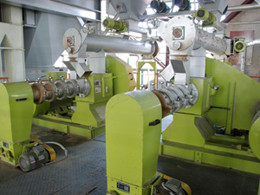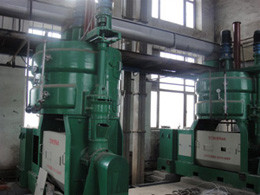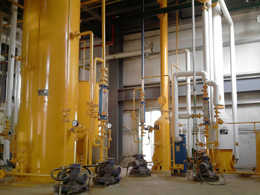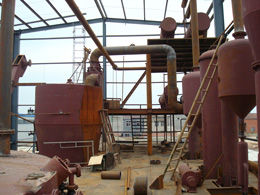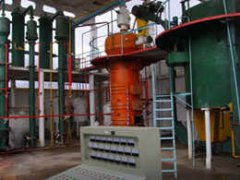Canola Oil Plant
Canola is an oilseed crop that was developed from traditional rapeseed by Canadian plant breeders during the 1970's. It is grown widely across Canada, several European countries, and Australia, and to a lesser extent in the United States. Canola is distinguished from traditional rapeseed by the greatly reduced levels of the fatty acid, erucic acid and anti-nutritional compounds called glucosinolates.

The processing methods of canola oil plant used to extract the oil from the seed to produce a high quality raw oil for further processing and a high quality protein meal as an animal feed have been developed over the years. These methods are continually being improved. Processing of the oil after extraction to obtain a large variety of oil products for human consumption also has a long history, and is continually being improved. This brochure gives an overview of these processes and methods as used in the industry.
Dewaxing of Canola Oil Plant
Canola oil is a natural salad oil. This means that it remains clear and liquid at refrigerator temperatures. However, the oil does occasionally contain a small concentration of waxes (about 100 – 200 ppm). These compounds are related to triglycerides in composition, but are usually crystalline at room temperature, or lower. In some cases, it is desirable, therefore, to dewax the oil to avoid a hazy appearance.The process is carried out by chilling in a continuous heat exchanger to about 5ºC and metering about 0.1% of a filter aid into the chilled oil stream on the way to a filter. This reduces the wax content to <50 ppm, which no longer produces a visible haze. Przybylski (16), and Ackman (17) have studied waxes in canola oil.
Workshop of Canola Oil Plant
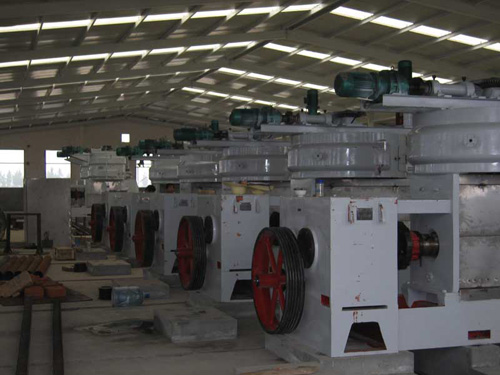
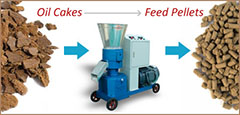



Want to set up a mini mustard oil mill of your own ? With the rapid ...
Mustards are part of the oilseed family and are regarded both as a s...
Interested in begin a small size corn oil extraction plant but dont ...
Do you want to make the edible rice bran oil at from using your mill...

